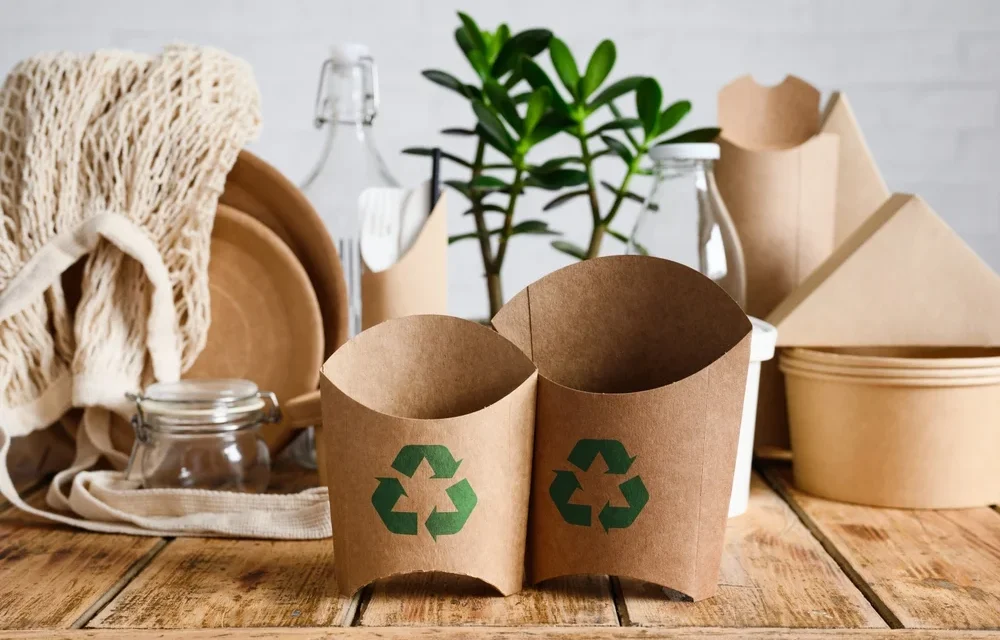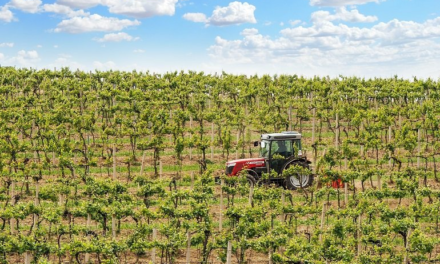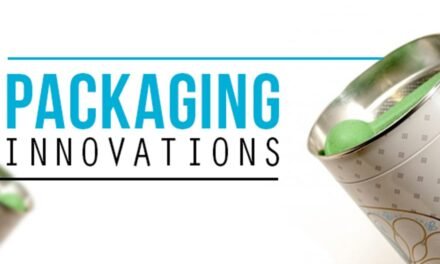Biodegradable materials are revolutionizing the packaging industry by providing eco-friendly alternatives to traditional plastics and addressing critical environmental challenges such as pollution, waste accumulation, and reliance on fossil fuels. Here’s how biodegradable materials are transforming the industry:
1. Reduction in Environmental Impact
- Benefits:
- Biodegradable materials break down naturally into harmless components like water, carbon dioxide, and biomass, reducing landfill waste.
- They minimize long-term environmental damage compared to traditional plastics, which can persist for centuries.
- Examples:
- Polylactic acid (PLA) derived from corn starch decomposes under industrial composting conditions.
- Paper-based packaging with biodegradable coatings for food products.
2. Promoting a Circular Economy
- Benefits:
- Biodegradable materials enable closed-loop systems where used packaging returns to the earth as compost or organic matter.
- Encourages sustainable resource use by integrating agricultural or food waste into producing biodegradable polymers.
- Examples:
- Packaging made from agricultural by-products like wheat straw or sugarcane pulp.
3. Versatility Across Industries
- Benefits:
- Biodegradable materials are adaptable to various packaging types, from food containers to shopping bags and beverage bottles.
- Innovations in material science allow biodegradable options to replicate the properties of traditional plastics, such as strength, flexibility, and moisture resistance.
- Examples:
- Seaweed-based packaging for single-serve condiments or water pods.
- Mushroom-based materials for protective packaging in e-commerce.
4. Consumer and Market Appeal
- Benefits:
- Growing consumer awareness of environmental issues drives demand for biodegradable packaging.
- Brands adopting biodegradable solutions enhance their reputation and align with eco-conscious consumers’ values.
- Examples:
- Food delivery services using biodegradable cutlery and containers to attract sustainability-focused customers.
5. Compliance with Regulatory and Corporate Goals
- Benefits:
- Many governments and organizations are mandating reductions in single-use plastics, creating opportunities for biodegradable materials.
- Supports corporate sustainability goals and compliance with packaging waste regulations.
- Examples:
- EU’s Single-Use Plastics Directive encouraging biodegradable alternatives.
6. Innovations in Material Development
- Technological Advances:
- Bio-Based Plastics: PLA, PHA (polyhydroxyalkanoates), and starch blends offer functionality similar to conventional plastics.
- Edible Packaging: Materials like seaweed, rice, and gelatin enable waste-free solutions.
- Water-Soluble Packaging: PVOH (polyvinyl alcohol) dissolves in water and is suitable for single-use products.
- Examples:
- Companies developing water-soluble pouches for detergents or sauces.
7. Boosting Agricultural Sustainability
- Benefits:
- Utilizes agricultural by-products (e.g., bagasse from sugarcane) as raw materials, reducing waste and adding value to farming.
- Encourages circular practices where food and agricultural waste is repurposed.
- Examples:
- Bagasse-based containers for food delivery and storage.
8. Driving Technological Innovation
- Key Areas:
- Improving material strength and durability to compete with traditional plastics.
- Enhancing degradation under ambient conditions to eliminate the need for industrial composting facilities.
- Examples:
- Hybrid materials combine biodegradable polymers with natural fibers for improved performance.
9. Addressing Microplastic Pollution
- Benefits:
- Biodegradable packaging avoids microplastic pollution, as it degrades completely into natural components.
- Examples:
- Biodegradable bottles that decompose in marine environments reducing ocean pollution.
10. Supporting Global Sustainability Goals
- Benefits:
- Contributes to reducing greenhouse gas emissions by lowering fossil fuel dependence.
- Aligns with the United Nations’ Sustainable Development Goals (SDGs), particularly goals related to responsible consumption and production (SDG 12).
- Examples:
- Brands use biodegradable materials as part of their carbon-neutral or net-zero strategies.
Challenges and Considerations
- Cost: Biodegradable materials often cost more than traditional plastics due to raw material sourcing and production processes.
- Composting Infrastructure: Industrial composting facilities are required for some biodegradable materials to decompose effectively.
- Consumer Awareness: Educating consumers about proper disposal is crucial to maximizing the benefits of biodegradable packaging.
- Performance Limitations: Some biodegradable materials may not match traditional plastics’ durability or barrier properties.
Key Examples of Industry Adoption
- Nestlé: Biodegradable paper wrappers for confectionery products.
- Evian: Developing biodegradable water bottles to reduce plastic pollution.
- Ooho! by Notpla: Seaweed-based biodegradable and edible water pods.
Conclusion
Biodegradable materials are revolutionizing the packaging industry by providing sustainable, innovative solutions that align with environmental goals and consumer demand. While challenges remain, advancements in material science, infrastructure, and consumer education are driving their adoption, paving the way for a greener, more sustainable future in packaging.
Hashtags
#ReduceReuseRecycle #EcoPackaging #SustainableSolutions #EcoFriendlyChoices #EcoPackagingSolutions #EcoPackagingRevolution #EcoPackagingInnovation #EcoPackagingDesign #EcoPackagingTrends #EcoPackagingIdeas #EcoPackagingInspiration #EcoPackagingGoals #EcoPackagingMovement #EcoPackagingCommunity #EcoPackagingAwareness #EcoPackagingImpact #EcoPackagingGoals #EcoPackagingGoals #EcoPackagingGoals #EcoPackagingGoals









